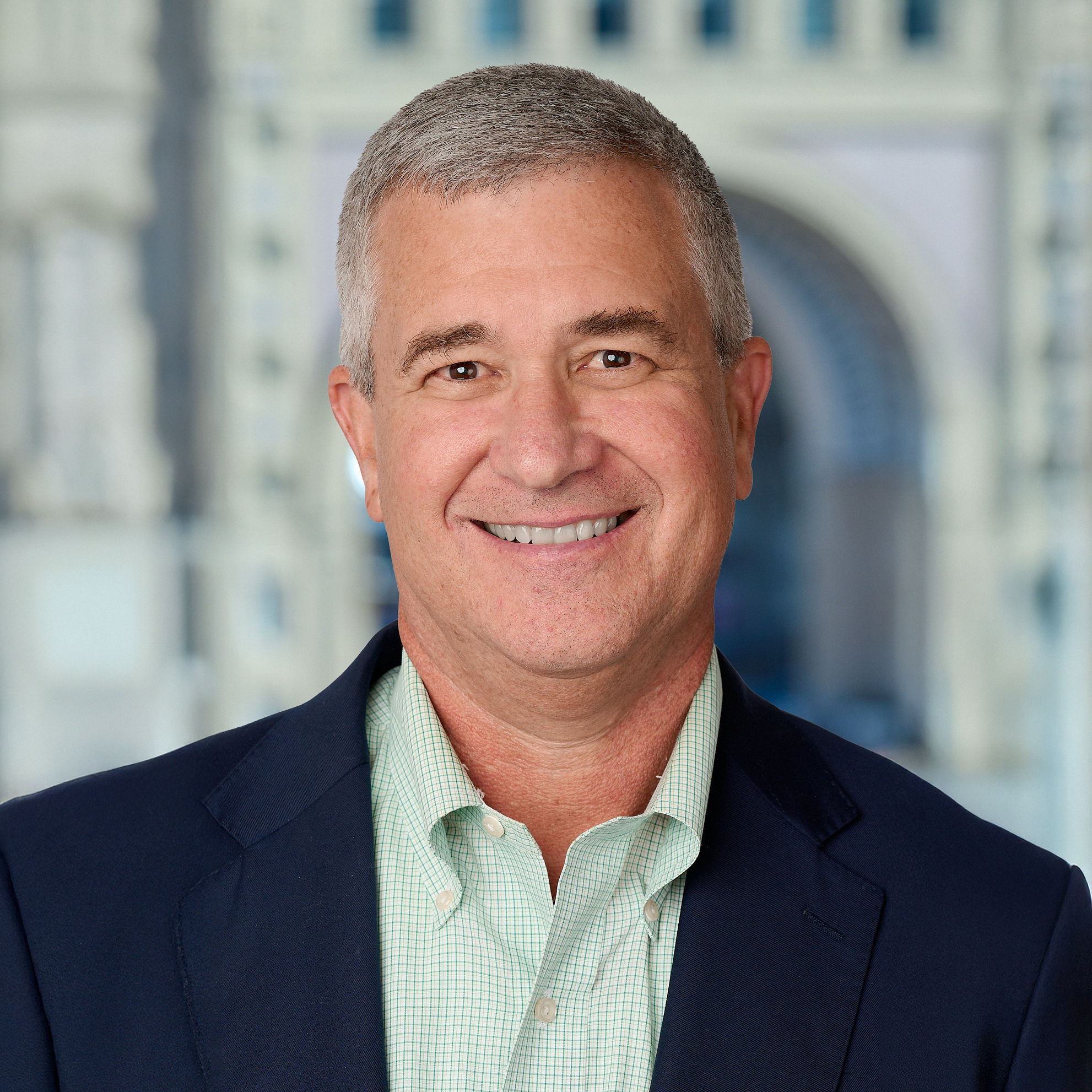Larry Rubin is a seasoned healthcare facilities professional with extensive experience in both plant operations and regulatory compliance. He began his career as a nuclear-trained machinist mate in the Navy, which shaped his focus on procedure, safety, and preventive maintenance. In a distinguished career marked by service to others, he was a Boston police officer and a teacher before transitioning into healthcare. In healthcare, Larry has held numerous leadership positions, including Director roles at facilities in Ohio and Florida.
Larry has also served as a Life Safety Code Surveyor with The Joint Commission, giving him a unique dual perspective from both inside and outside of hospital walls. In his current work, with Rubin Healthcare Compliance, he supports facility leaders through interim roles and consulting, emphasizing mentorship, continuous improvement, and system-level thinking.
Facilities management is about patient care. Watch the full discussion with Larry.
Why It Matters
Why Compliance, Safety & Risk Matter in Healthcare Facilities Management
Larry provides his insights into why Compliance, Safety, and Risk Matter in Healthcare Facilities Management.
-
Patients’ Lives Are at Stake
Larry underscores that healthcare facilities are not just buildings—they’re environments where vulnerable patients receive critical care. Any lapse in compliance or safety can directly endanger lives. Unlike other industries, even small oversights (e.g., a malfunctioning fire door or mislabeled gas shutoff) can have catastrophic consequences in a hospital setting. -
Hospitals Are High-Risk, High-Regulation Environments
Larry likens healthcare to the nuclear industry in terms of regulatory oversight. Hospitals are subject to numerous codes (e.g., Joint Commission, CMS, NFPA), and failure to comply can lead to penalties, lawsuits, or even shutdowns. This heavy compliance load isn’t optional—it’s foundational to how hospitals operate and are evaluated. -
Continuous Compliance is Non-Negotiable
Larry criticizes the "cram before the exam" culture some hospitals adopt before Joint Commission visits. He believes this reactive approach creates gaps in safety and quality. Compliance must be part of the daily workflow—not a temporary sprint to meet an audit. -
Facilities Leaders Bear Legal and Ethical Responsibility
As Larry emphasizes, the Director of Facilities will be the one held accountable if an issue arises—from electrical failures to fire hazards. This legal and ethical burden means that risk mitigation isn’t just best practice; it’s a professional imperative. -
Deferred Maintenance = Increased Risk
Skipping preventive maintenance (PMs) due to staffing shortages, budget constraints, or burnout can allow risks to accumulate. Larry explains that pencil-whipped logs or unverified repairs compromise system integrity and increase the likelihood of equipment failure, fire, or contamination. -
Safety Requires a Team Culture
Larry promotes the idea that “it takes a village” to maintain a safe hospital. Safety can’t just fall on the facilities team—it requires training, awareness, and partnership with clinical staff, contractors, and leadership. Facilities managers must lead this cultural shift. -
Workforce Instability Compounds Risk
With increasing turnover and fewer skilled tradespeople entering the field, Larry sees a growing risk in knowledge gaps and incomplete work. Interim leadership can help, but without structured systems and mentorship, safety and compliance efforts become harder to sustain. -
Crisis Readiness Is Now Part of Risk Management
Larry points to modern threats like workplace violence, active shooter events, and cyberattacks as expanding the traditional definitions of facility risk. Today’s hospital facilities manager must plan beyond boilers and sprinklers—they must also support organizational resilience. -
Training, Certification, and Oversight Make the Difference
Larry stresses the value of real-world experience, certifications (like CHFM), and in-house verification of contractor work. These elements close the gap between policy and practice—ensuring compliance isn’t just documented, but real and effective.
Compliance, safety, and risk management are at the heart of a hospital’s mission. Without
strong pillars in these three areas, patient care is compromised, leadership is exposed to
risk, and the entire system becomes vulnerable. Strong facilities management is not just
about fixing things—it’s about protecting lives, ensuring accountability, and building trust
in healthcare environments.
Facility Compliance
Compliance
- Healthcare is a compliance-heavy industry: Larry compares it to the nuclear power
industry and says hospitals may be worse in terms of compliance demands. - Continuous compliance is key: He criticizes hospitals for rushing to complete work
orders right before Joint Commission visits instead of maintaining continuous
compliance. - Importance of proper documentation and oversight: He stresses that all work should
be tied to a permit and that permits must be verified by trained in-house staff before
sign-off. - Lack of follow-through on work orders: Many staff falsely claim they’ve submitted
work orders; his audits often find no record. - Increased regulatory pressure post-2010: Compliance shifted from education to
enforcement under CMS pressure; Joint Commission surveyors were told to find more. - Return to educational compliance: Larry notes a recent shift back toward teaching
and support from surveyors, especially newer ones post-COVID. - Certifications over degrees: He argues certifications like CHFM/CHC are more
important than academic degrees for proving compliance competency. - Data integrity in PMs: He warns about signs of pencil-whipped preventive
maintenance logs and stresses checking actual equipment conditions.
Safety Culture
Safety
- Patient safety is the core mission: He emphasizes that the facilities team’s top priority
must be patient safety at all times. - Fire safety violations are common: Frequent findings include wires on sprinkler
pipes, wedged-open fire doors, blocked extinguishers, and improper fire-stopping
techniques. - Safe environments require team effort: He believes maintaining a safe hospital is a
collective responsibility — it takes a village. - Training staff to notice hazards: Larry shares success stories where facilities
managers involve staff in identifying and fixing safety issues. - Daily safety blind spots: He mentions that small issues (e.g., stained ceiling tiles,
unsecured oxygen cylinders) are often overlooked, leading to safety violations. - Eye wash stations misused or misunderstood: Many are installed unnecessarily or
poorly maintained, which creates risks rather than mitigating them.
Managing Risk
Risk
- Burnout increases operational risk: Larry identifies burnout among facilities leaders
as a growing risk due to workload and 24/7 responsibilities. - Turnover and lack of tradespeople: A dwindling and inexperienced workforce
increases the risk of missed PMs and poor compliance. - Legal liability from overlooked issues: If something goes wrong (e.g., fire, explosion),
the facility director will be held responsible. - Deferred maintenance implications: Incomplete PMs and neglected infrastructure
elevate the risk to patients and staff alike. - Labeling utilities is crucial for risk mitigation: Without proper labeling of shutoffs
(gas, water, power), emergency response is jeopardized. - Crisis readiness and systemic risks: Active shooter protocols, workplace violence, and
global instability now impact hospital safety planning more than ever.




